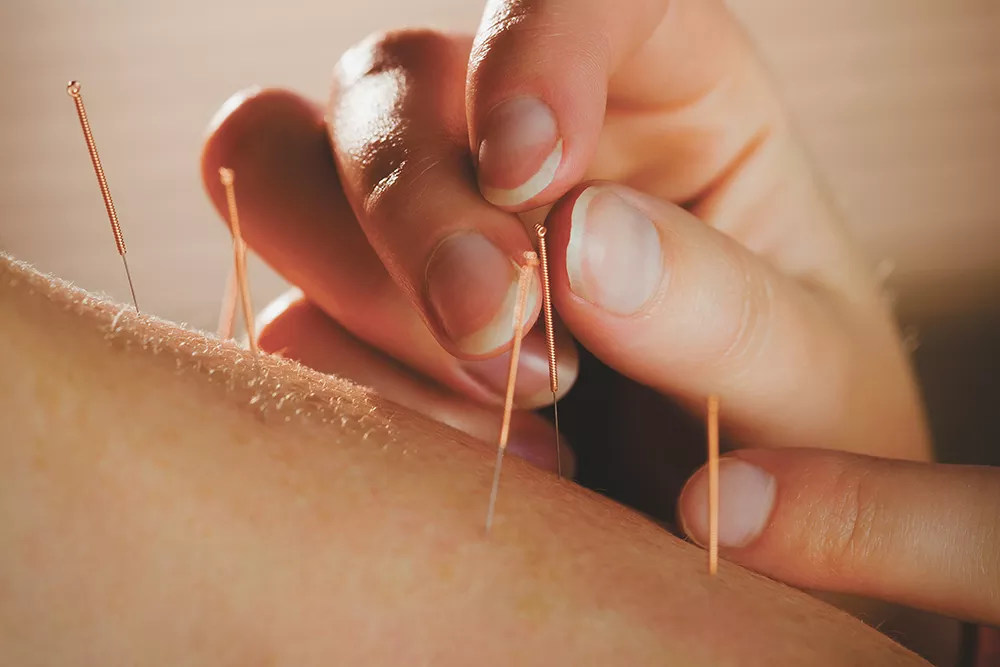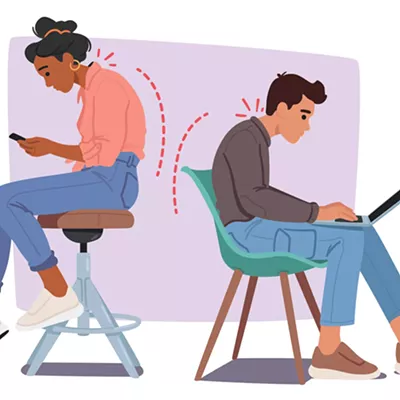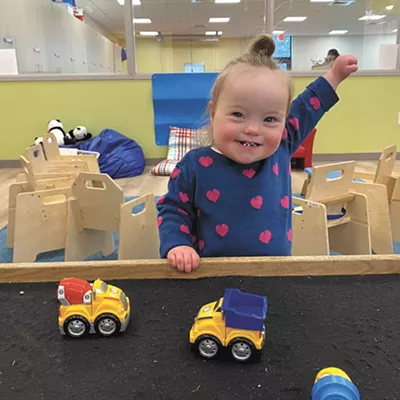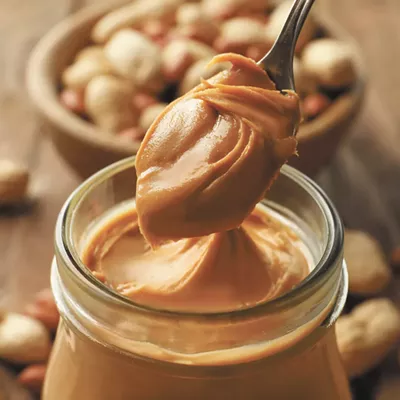As the Inland Northwest unfortunately knows all too well, opioid addiction can wreak havoc not only on individuals and their health, but also on communities as a whole. One of the best ways to prevent opioid dependence is to reduce the usage of opioids to treat pain in the first place. That search for alternative treatments is leading to renewed interest in a very old method for relieving discomfort.
Acupuncture offers a whole body approach to treat a wide variety of troubles — from insomnia, to digestive issues, to stress. And importantly, it may be especially effective for treating chronic pain.
But acupuncture has not been widely covered by many insurance companies, especially for those on Medicare or Medicaid, creating a barrier for those who might benefit. The Community Health Plan of Washington (CHPW) hopes to change that and recently unveiled newly expanded coverage for Washington residents on Medicare/Medicaid that covers acupuncture to treat chronic pain and opioid addiction. CHPW Chief Medical Officer Dr. Paul Sherman hopes that this new expanded coverage will provide more options for people seeking relief.
"We're trying to build up our toolkit so patients can find the 'tool' that works best for them," Sherman explains. "With this, we have the broadest coverage of any Medicaid plan in the state."
The CHPW insurance will cover up to six acupuncture visits for anyone, with no referral or diagnosis needed. Approval is required for more than six visits.
With their expanded coverage, CHPW hopes to give patients alternative options to treat chronic pain and opioid addiction and to push other insurance providers in the same direction.
"There are two ways acupuncture can help reduce opioid dependence," Sherman says. "First, it can help avoid the need for opioid treatment in the first place. Second, acupuncture treatment can also reduce opioid withdrawal symptoms."
Jessica Sleight, licensed acupuncturist and East Asian medicine practitioner at Balance Point Acupuncture in the South Perry district also believes that increasing public access to acupuncture can provide an effective treatment option for those struggling with chronic pain.
But what does a visit with an acupuncturist actually entail? Sleight says there are multiple features she will assess to help her reach a diagnosis. "There are 26 different main categories of how you can have a pulse diagnosis in acupuncture," she says. In addition to the acupuncture "pulses," there are several more considerations that can help your acupuncturist figure out how to treat your symptoms. Sleight points out, "What you tell me [during the appointment] will help me figure out what's going on."
Even how you walk into the room can give the skillful eye an abundance of information. Questions about your sleep, bowel movements, diet and emotions are all fair game during an acupuncture appointment.
"I'm working with the whole body as a structure. You come in with a symptom, but I want to understand you as a whole person," she says, "Acupuncture looks at the whole picture to keep everything in balance so it functions properly."
This whole body diagnosis helps the acupuncturist decide where to target on the body. Put into a framework that people more familiar with Western medicine will understand, Sleight says acupuncture promotes healing through manipulation of what the Chinese refer to as "qi" or life force energy.
"I'm putting a foreign object in your body and triggering your lymphatic system to push it out." She continues, "By triggering your body to push out these foreign objects, your body will send fresh blood and lymph to heal the area."
Even though acupuncture needles are about the thickness of a human hair, a fear of needles is a barrier to many who might benefit. To assist those with needle-phobia, "[CHPW] also covers needleless acupuncture, which uses electrical stimulation to target the same areas as traditional acupuncture," Sherman says.




















